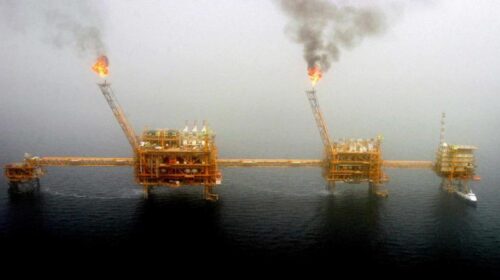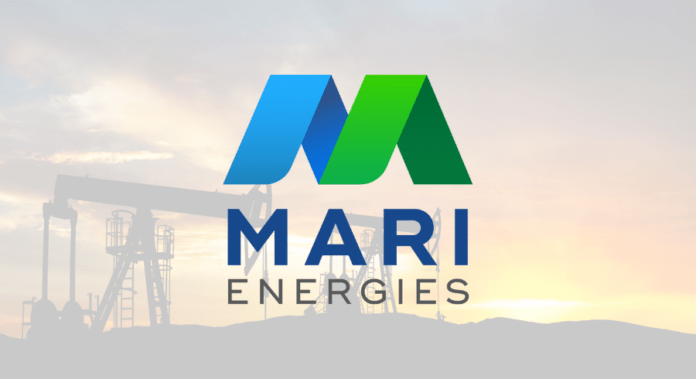As Europe prepares for a winter without Russian gas, the Kremlin is looking to move its natural gas sales farther to the east. Although China and India remain Moscow’s most important export destinations in Asia, Russia seems to have found a new buyer, the Islamic Republic of Iran.
Why would a country that holds some of the world’s largest proven reserves of oil and natural gas purchase energy from the Russian Federation?
Iran needs new gas pipelines to send its own energy products abroad, as the existing routes to Turkey and Iraq can supply only small volumes. In 2021, Iran’s total gas exports were 17 billion cubic metres. By comparison, Russia exported 241 billion cubic metres last year. Pipeline capacity was Iran’s primary bottleneck.
Another problem for Iran is the absence of liquefied natural gas (LNG) production. The Islamic Republic needs Russia to help it develop the country’s energy infrastructure.
A $40 billion memorandum of understanding, signed in July between Russian energy giant Gazprom and the National Iranian Oil Company, could close this gap. Shut out from accessing Western LNG technology after the imposition of sanctions by the United States in 2018, Iran lacks access to expertise needed to develop its energy industry and Gazprom could deliver it.
Indeed, Russia’s international isolation amid its war in Ukraine has presented Iran with an opportunity. As part of the MoU, Moscow will assist in developing Iran’s Kish and North Pars gas fields, as well as six oil fields.
If Russia and Iran can agree on mechanisms to circumvent Western sanctions and coordinate on energy exports, the European Union would have to rely on oil supplies from Saudi Arabia and the United Arab Emirates and LNG from the US and Qatar. Such an outcome could lead to higher energy prices globally along with additional gas shortages in Europe, especially after Moscow and Riyadh announced deep oil cuts at the recent meeting of OPEC+ alliance.
Moscow and Tehran could even attempt to create a “global gas cartel,” giving them significant leverage over the West, particularly European countries that remain heavily dependent on gas imports.
While Iran and Russia are cooperating now, Tehran has expressed interest in easing the energy shortfall in Europe that Russia’s war in Ukraine has caused. The problem is that Iran, like Russia, is under export restrictions and without a reduction in Western sanctions, which seems unlikely, the Islamic Republic will not be able to help Europe meet its gas needs this winter.
But even with a green light from Washington, Iran lacks the infrastructure to increase its exports, which is why it is seeking to establish strong energy ties with “friendly countries” that can help Tehran develop and modernise its oil and gas industries.
Some are sceptical of this approach. Morteza Behruzifar, an energy expert in Tehran, told the Iranian Labour News Agency that Moscow has “never invested a penny in the Islamic Republic’s energy sector,” and the recent MoU will go nowhere. Indeed, Russia currently lacks large-scale LNG technology of its own.
And yet, assuming the deal proceeds, Iran does stand to benefit. In mid-September, the Iranian oil ministry said that Iran will buy nine million cubic metres of Russian gas per day, primarily for domestic consumption (and most likely to secure energy stability in Iran’s northwest). With the EU intent on cutting off Russian gas imports, Moscow clearly needs new markets and Iran is in a good position to bargain.
An additional six million cubic metres of Russian supplies could be re-exported to other countries. Analysts expect Tehran to purchase this gas at a low price and then sell it to Turkey, Pakistan and even Afghanistan, which would allow Iran to close a yawning budget gap. The arrangement would also benefit Gazprom, given that it would not bear the risk of non-payment because Tehran, rather than Kabul or Islamabad, would be the buyer.
To be sure, Iran will not replace Europe as the major market for Russian natural gas. Even if expected daily targets are met, Gazprom would only provide Iran with 5.5 billion cubic metres of natural gas per year, which is just ten percent of what Russia previously supplied Europe via the Nord Stream pipeline. Now that Nord Stream and Nord Stream 2 are out of commission following recent explosions, Gazprom will likely seek to increase export volumes to Iran and elsewhere.
In other words, Russia, isolated from the West, has become more dependent on markets in the Middle East and Asia and Iran could factor prominently in those calculations. Eventually, the Kremlin might even seek to establish control over Iran’s gas resources.
For now, most of these plans remain aspirational. Even the best-laid strategies will be affected by the outcome of the Ukraine war, especially if Russia suffers a stinging defeat. Iran is also in the throes of an unprecedented wave of anti-government opposition that is diverting attention from daily concerns to regime survival.
Therefore, Russia and Iran may have ambitious goals in the field of energy, but there are no guarantees that they will achieve them any time soon.







